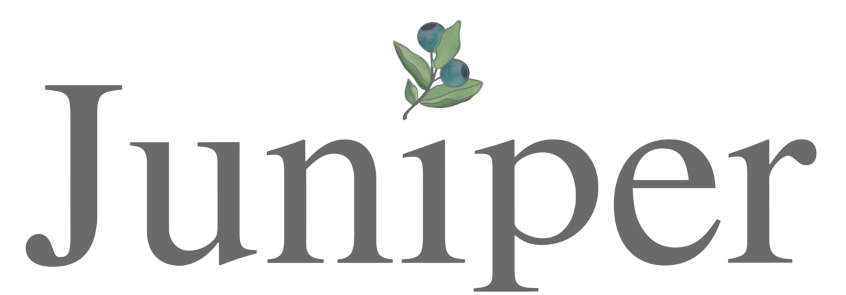Support for Hair Pulling
Hair pulling, clinically known as trichotillomania, is a repetitive and compulsive behaviour characterized by the urge to pull out one's own hair, resulting in noticeable hair loss. It is often driven by tension or anxiety and can lead to significant distress or impairment in daily functioning.
Signs and Concerns:
Compulsive Behaviour: Recurrent urges to pull out hair from the scalp, eyebrows, eyelashes, or other body areas.
Physical Signs: Visible patches of hair loss, bald spots, or irregular hair growth due to repeated pulling.
Emotional Distress: Feelings of shame, guilt, or embarrassment related to hair pulling behaviours.
Impact on Daily Life: Interference with social activities, work, school, or relationships due to preoccupation with hair pulling.
Difficulty Stopping: Attempts to stop or reduce hair pulling without success, despite negative consequences.
Co-occurring Conditions: Often co-occurs with anxiety disorders, obsessive-compulsive disorder (OCD), or depression.
Psychotherapeutic Strategies:
Behavioural Interventions: Implementing behavioural techniques such as habit reversal training (HRT) to increase awareness of hair pulling triggers and replace pulling behaviours with alternative actions.
Cognitive Restructuring: Identifying and challenging negative thoughts or beliefs associated with hair pulling, promoting more adaptive coping responses and reducing emotional distress.
Mindfulness Practices: Teaching mindfulness techniques to increase awareness of urges and sensations without acting on them, promoting acceptance and reducing impulsivity.
Stress Management: Providing stress reduction techniques and coping skills to manage triggers and emotional distress associated with hair pulling.
Exposure and Response Prevention (ERP): Gradual exposure to situations or stimuli that trigger hair pulling urges, while refraining from pulling, to reduce anxiety and habituation.
Social Support Enhancement: Facilitating connections with supportive individuals, such as friends, family, or support groups, to provide understanding, encouragement, and accountability in managing hair pulling behaviours.
Psychoeducation: Providing information about trichotillomania, its triggers, underlying mechanisms, and treatment options to increase understanding and motivation for change.
Self-monitoring: Encouraging individuals to track their hair pulling behaviours, triggers, and emotional states to identify patterns and develop personalized strategies for intervention.
Skill Building: Developing coping skills and strategies, such as relaxation techniques, problem-solving skills, and healthy distraction methods, to reduce the frequency and intensity of hair pulling episodes.
Behavioural Contracting: Collaboratively establishing goals and agreements to modify hair pulling behaviours, track progress, and reinforce positive changes through rewards and incentives.
These psychotherapeutic strategies aim to help individuals with trichotillomania gain control over their impulses, reduce hair loss, improve emotional well-being, and enhance overall quality of life through targeted interventions and support

